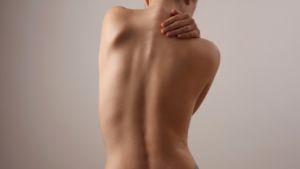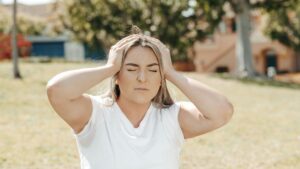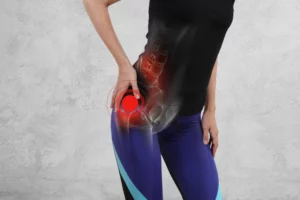What is scoliosis?
Scoliosis is defined as curvature of the spine over 10 degrees, most commonly present in adolescent girls. There are a few types but the most common is Adolescent Idiopathic Scoliosis (AIS).While most cases are mild, some can be severe, and all cases should have a baseline assessment.
How is scoliosis detected?
AIS is most often detected by parents of the teenager in summer time, when they are in swimsuits and the curve is more visible. Idiopathic means that the cause of the scoliosis is unknown, but there are suggestions to genetic triggers that alter the spine development, as well as biomechanical, hormonal or neurological events.

Physiotherapy and scoliosis
As the scoliosis spine develops through age, it will stiffen and become a rigid curve. Physiotherapy is useful in detecting the condition, reducing pain and improving postural alignment and control. There is evidence that use of patient-specific scoliosis exercises and bracing can reduce the progression of the curve.
Some things that parents may notice on their child can include:
- Top of shoulders are uneven height
- One shoulder blade is more prominent than the other.
- One hip appears higher than the other.
- One side of the rib cage is higher than the other when bending forward.
If your child has any of these symptoms, you should bring them in for an assessment by one of our Physiotherapists who can help guide the next steps including exercises for the back, X-rays for baseline measures, and referrals to specialist if needed.
Book online or call our clinic to start your assessment today.


